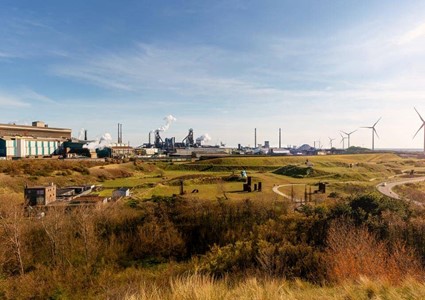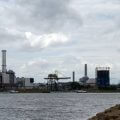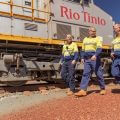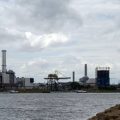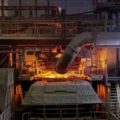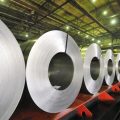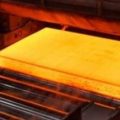Roland Berger’s independent study shows that multinational Tata Steel’s aim to make steel with hydrogen by 2030 is actually feasible. This report was commissioned on behalf of FNV and Tata Steel in order to test whether the Green Steel plan of FNV and the employees was realistic.
Roland Berger’s study confirms that the transition to Direct Reduced Iron (DRI) technology is possible before 2030. This technology is used to produce iron from natural gas or hydrogen in combination with electric furnaces.
Hans van den Berg, chairman of the board of Tata Steel Netherlands (TSN) is optimistic about the positive results of the report and confirms that “we are working hard to start using hydrogen even earlier than indicated. We are looking at ambitious timelines that have been set. In fact, if we achieve them, our preference would be to start using hydrogen immediately”.
He adds, “We are already doing a lot of preparatory work. For example, getting information on what facilities are needed and how to fit them into the site. In this way, we can also give a huge boost to the development of the hydrogen economy and thus further reduce the impact on the living environment. The implementation of Roadmap Plus already signifies a big step in this direction between 2022 and 2025.”
Cihan Lacin, Director, FNV Tata Steel further adds, “We are delighted that the final report confirms that the green steel route is feasible. Tata Steel was also quick to understand that this route would better secure the future of the company. It is now important to put everything in place to establish this green and sustainable route as soon as possible. This cannot be done without the help of the government. We call on all stakeholders to join forces and provide clarity as soon as possible on the timelines, technology options and the short and long term effects.
A DRI facility means that the current process of smelting iron using blast furnaces, in combination with coke gas plants, will cease. Once the new facilities are operational, several plants can be shut down, thereby reducing emissions.

